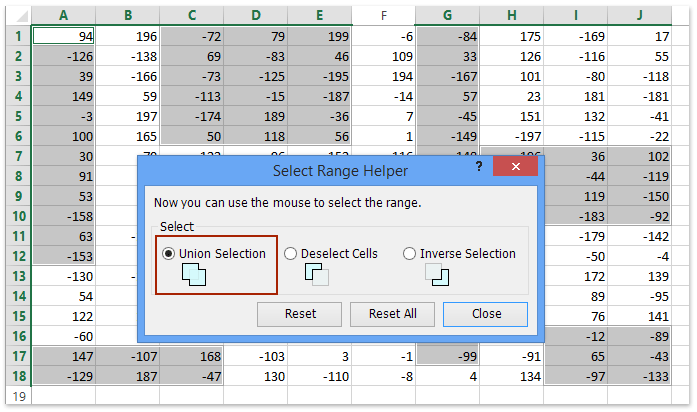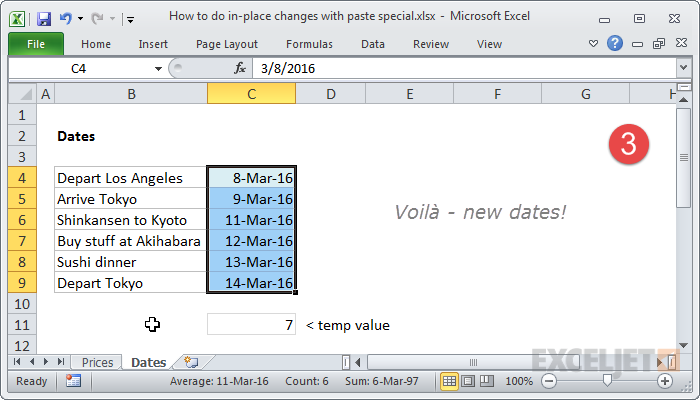

#Selecting non consecutive rows excel for mac series
To add a new series, click Add, and then specify the appropriate cell references for the series name and the series values.

Excel not only records the whole range of cells that contain the chart data (as shown in the "Chart data range" text box), it also lets you see how it breaks that data up into a category axis and one or more series (as shown in the Legend Entries (Series) list). This dialog box demonstrates a handy secret about Excel charting. When you create the chart, Excel includes only two series in the chart: one for region 2, and one for region 3. I just tested it on my iMac and CMD and left-click works for selecting multiple individual cells or groups of cells. This worksheet shows a non-contiguous selection that ignores the numbers from region 1. To remove a series, select it in the Legend Entries (Series) list, and then click Remove. We cant see the information in rows 4, 5, 8. Remove any data series you don't want and add any new data series you do want. In the following example, Google Sheets is hiding nonconsecutive rows in two groups.The Select Data Source dialog box appears. Select the chart, and then choose Chart Tools : Design > Data > Select Data.Create a chart normally, by selecting part of the data, and then, from the Insert > Chart section of the ribbon, choosing a chart type.However, if you have trouble, or if the columns you want to select are spaced really far apart, then you can explicitly configure the range of cells for any chart. Now choose Insert Charts, and then pick the appropriate chart type.Įxcel creates the chart as usual, but uses only the data you selected in steps 1 and 2, leaving out all other columns.Then, hold down the Ctrl key while you click with the mouse again, and drag to select the data in columns C and D.īecause you're holding down the Ctrl key, column A remains selected as in figure below.First, use the mouse to select the data in column A.Įxcel surrounds the data with a marquee.The easiest way to create this chart is to start by selecting the non-contiguous range that contains your data. Your chart will use the category information in column A (which contains the month in which the sales were recorded), along with the values in column C and column D (which contain the total amount of sales for the two regions in which you're interested). However, you want to create a chart that compares only two of these offices. Imagine you have a table that records the monthly sales of 10 different regional offices.


 0 kommentar(er)
0 kommentar(er)
